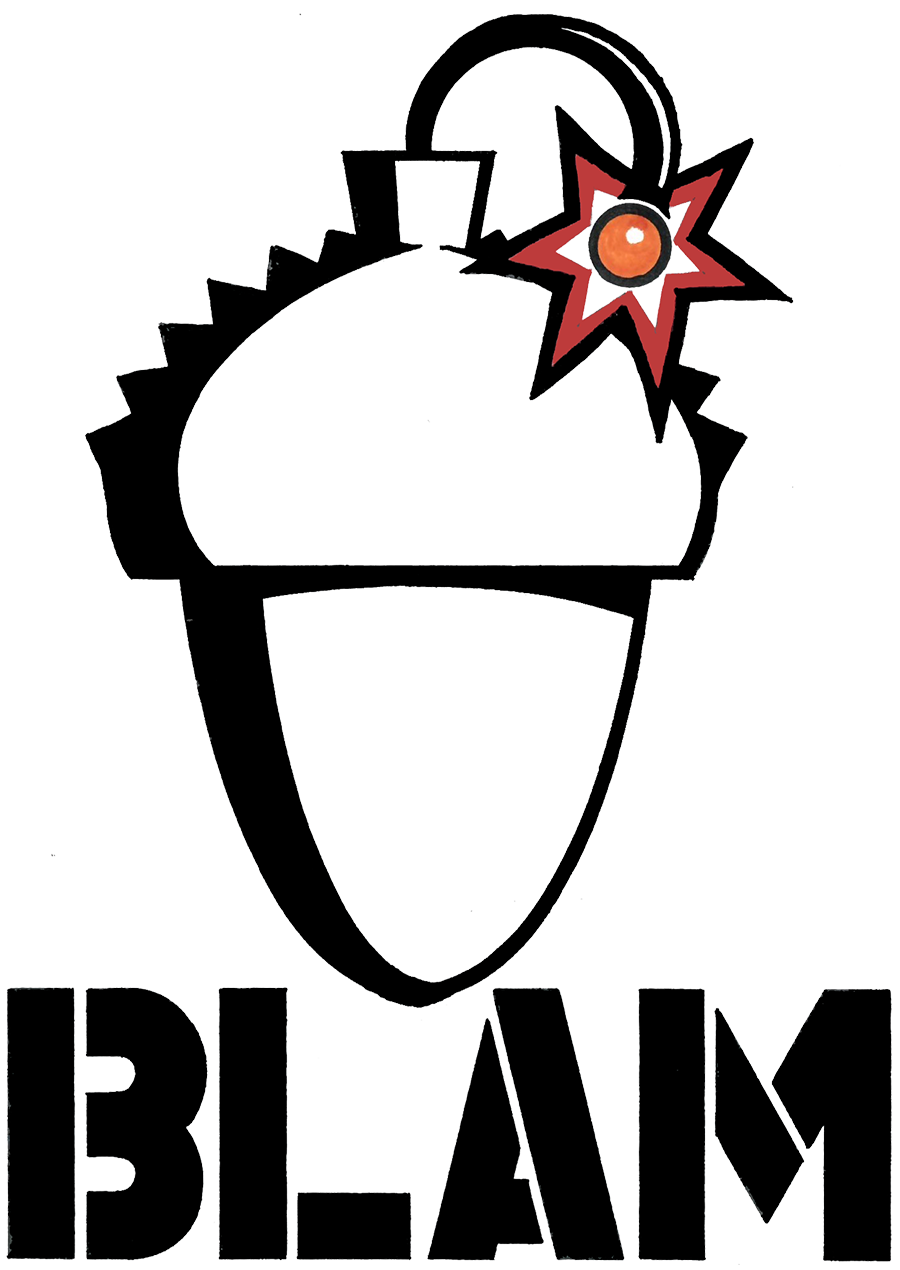
Our workshops on The Camp Industrial Estate at Milton Common are housed in some of the last remaining parts of the local POW camp that was built to house Italian prisoners during WWII. Between them and us, it was also used post-war as emergency housing, and then became a turkey farm. Having originally set up in a workshop on Aston Hill in 1979, Bates and Lambourne were one of the first companies to move onto the site in the early 1980s, a few years after their founding. Forty years on, the workshop, its benches and machines, its stacks of timber and components, feel as much a part of the landscape as the buildings themselves. With a similar time served between us here, both as integral parts of Bates and Lambourne and now as BLAM, it could be said that we too have ‘blended in’.
Showing people round the workshop is a really good way of reminding oneself what an unusual entity it is. These days the making of things is largely hidden from view, both in the process of manufacture and in the construction of the finished article. So many products are, in terms of the story of their production, illegible. Surfaces are seamless. Where there are fixings, they are frequently of a type that require non-standard tools; a barrier device developed from the same mindset as the warning notice usually found on the backs of electrical goods – “No user-serviceable parts inside”. It is good to be able to lift the cover off and show the cogs and wheels of the work in progress for a change.
Visitors’ interest is as much, if not more, in the workshops, as in the completed pieces. There is something familiar in finished articles, whereas things in the making, sawn boards, unassembled joints, batched components, sawdust and splinters are all normally tucked away behind retail’s glossy reflective veil.
For the furniture maker, the relationship with the finished piece is a fleeting one. At the moment of completion, it’s on to the next project, back to the barn and roughing out the next lot of plank. The function of a piece of furniture depends upon perspective. If one has built a dining table, then from the client’s point of view its function is to hold their plates, glasses and cutlery off the floor. From the maker’s point of view its function is to create the work to create the remuneration to allow the maker to make again. Perhaps the making of a piece, the process of it, is the soul of the object. Having said that, it is also the durability of the finished piece that is so satisfying, the making of something that, with a bit of care and luck will long outlast the maker.
For the client too, there is a value in the process of making. It is this connection that in part that gives the object its worth, though what will endure is the object rather than the making of it. The object becomes a symbol of its making.